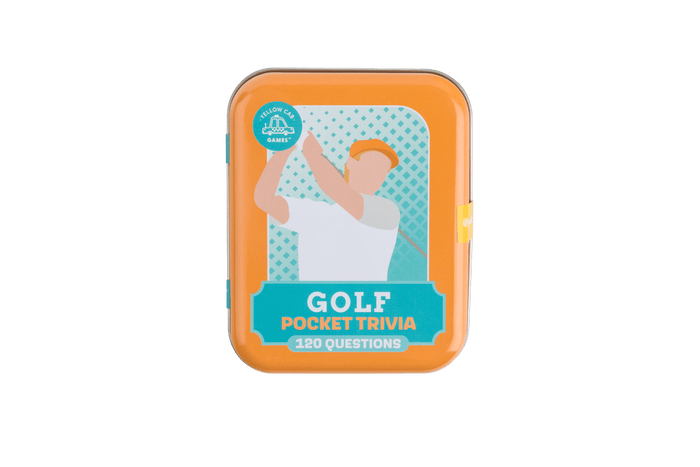
Instructions for the Cylinder Chess Set
Setup the Board
- Place the board so that each player has a white square on their right-hand side.
- Arrange the pieces in the same order from left to right: rook, knight, bishop, queen, king, bishop, knight, rook.
- The second row (rank) is filled with pawns.
- The white queen is placed on the white square, and the black queen is placed on the black square.
Movement of Pieces
- King: Moves one square in any direction.
- Queen: Moves any number of squares in any direction.
- Rook: Moves any number of squares horizontally or vertically.
- Bishop: Moves any number of squares diagonally.
- Knight: Moves in an "L" shape: two squares in one direction and then one square perpendicular.
- Pawn: Moves forward one square, but captures diagonally. On its first move, a pawn can move forward two squares.
Objective of the Game
- The main goal is to checkmate your opponent’s king. This means the king is in a position to be captured ("in check") and there is no legal move to escape the threat.
Special Moves
- Castling: A move involving the king and either rook. The king moves two squares towards a rook, and the rook moves to the square over which the king crossed.
- En Passant: A special pawn capture that can occur if a pawn moves two squares forward from its starting position and lands beside an opponent’s pawn.
- Promotion: When a pawn reaches the opposite side of the board, it can be promoted to any other piece, except a king.
- End of the Game
- Checkmate: The game ends when a king is in checkmate.
- Stalemate: If a player has no legal move and their king is not in check, the game is a draw.
- Draw: The game can also end in a draw by mutual agreement, if there are insufficient pieces to checkmate, or if the same position is repeated three times.





